Imagine stepping into your very own winter greenhouse, filled with lush greenery and thriving vegetables, while outside, the world is blanketed in snow and frost. With a well-designed and properly constructed greenhouse, you can enjoy fresh, homegrown vegetables even during the coldest months. In this blog post, we’ll guide you through the process of building a winter greenhouse that allows you to grow vegetables all year round.
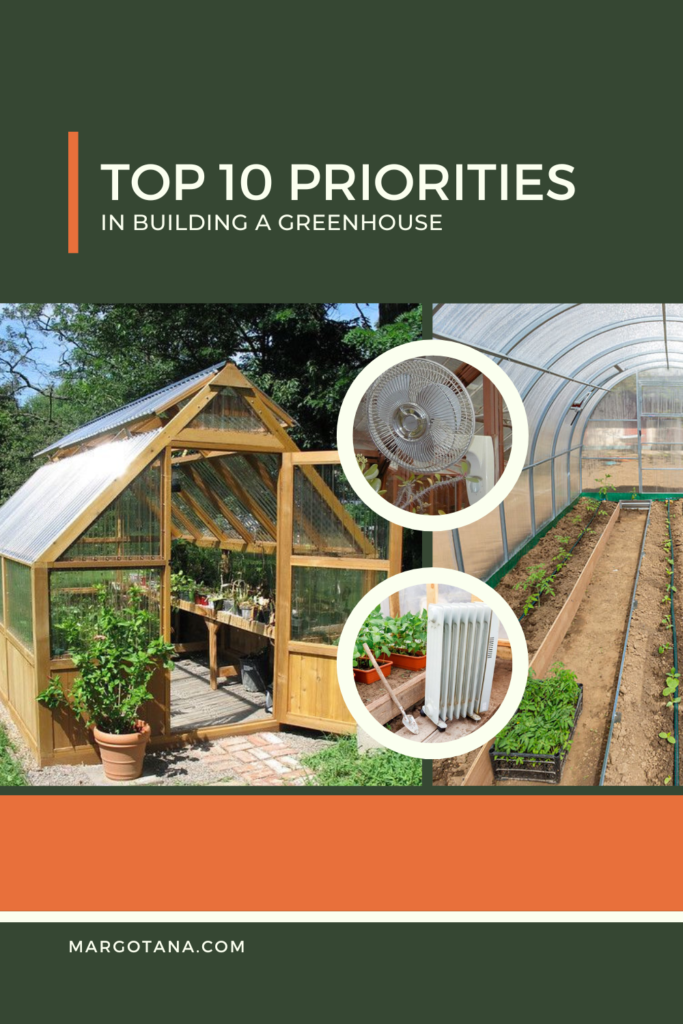
- Location and Orientation
Choosing the right location for your winter greenhouse is crucial. Here are some factors to consider:
– Sunlight: Select a spot with maximum sunlight exposure, ideally facing south to capture the sun’s energy throughout the day.
– Proximity: Place the greenhouse near your home to make access easier and provide additional insulation during the winter.
– Protection from Strong Winds: Ensure the site is shielded from harsh winter winds, either by using natural barriers like trees or by constructing windbreaks.
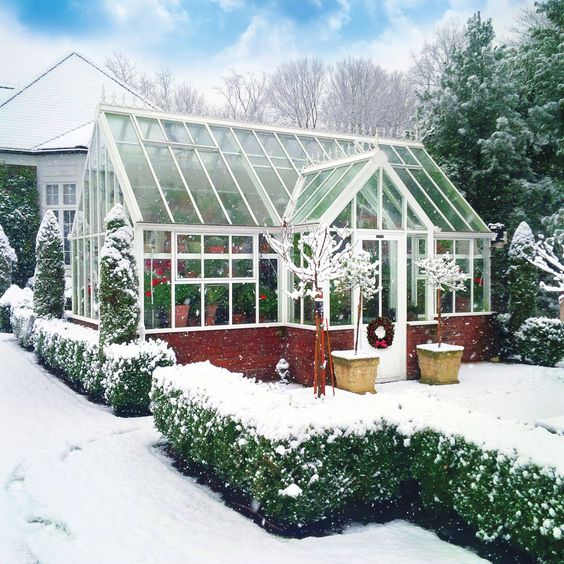
- Greenhouse Design
There are various greenhouse designs to choose from, each with its advantages. A few popular options include:
– Attached Greenhouse: This type is built as an extension to your home, sharing a wall. It benefits from the heat of your home and provides easy access.
– Free-Standing Greenhouse: These stand-alone structures come in various shapes and sizes, offering more flexibility in design and layout.
– Geodesic Dome Greenhouse: Known for their efficiency in heat distribution, these domes provide stability and better insulation.
– Lean-To Greenhouse: Attached to an existing building, a lean-to greenhouse is a cost-effective option that utilizes one wall for insulation.
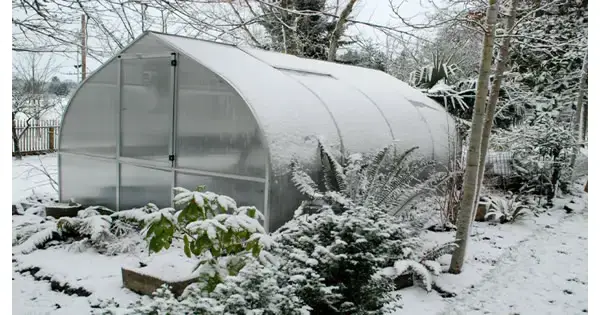
- Insulation and Glazing
Proper insulation and glazing are essential to maintain a stable and warm environment for your vegetables:
– Insulation: Use double-wall or triple-wall polycarbonate panels for effective insulation. These materials help trap heat and prevent heat loss during cold nights.
– Glazing: Choose glazing materials like tempered glass or UV-protected polycarbonate to allow sunlight in while protecting against harsh weather.
– Weatherstripping: Ensure a tight seal around doors, windows, and vents to prevent drafts and maintain a consistent temperature.

- Heating Systems
To keep your winter greenhouse warm, you’ll need a heating system. Options include:
– Electric Heaters: These are effective for small to medium-sized greenhouses. Use them in combination with a thermostat to regulate temperature.
– Propane or Gas Heaters: Suitable for larger greenhouses, these heaters provide consistent warmth. Proper ventilation is essential to prevent gas buildup.
– Radiant Heating: Installing radiant heating in the floor or benches can evenly distribute heat, promoting healthy plant growth.
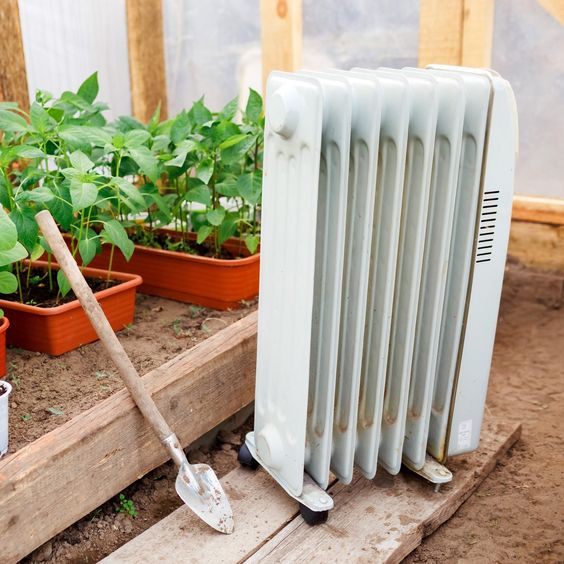
- Ventilation and Air Circulation
Proper ventilation is vital to prevent humidity buildup and ensure a healthy growing environment:
– Roof Vents: Install roof vents that automatically open and close based on temperature to release excess heat.
– Circulation Fans: Use fans to maintain even temperatures and prevent cold spots in the greenhouse.
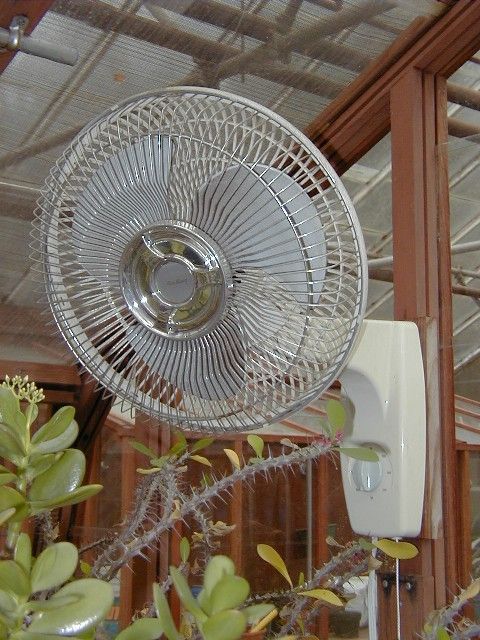
- Benches and Shelving
Organizing your greenhouse space is crucial for efficient vegetable cultivation:
– Benches and Shelves: Use benches for larger plants and shelving for seedlings. This helps optimize space and airflow.
– Planting Beds: Raised planting beds allow for better drainage and root health. Ensure proper insulation underneath.
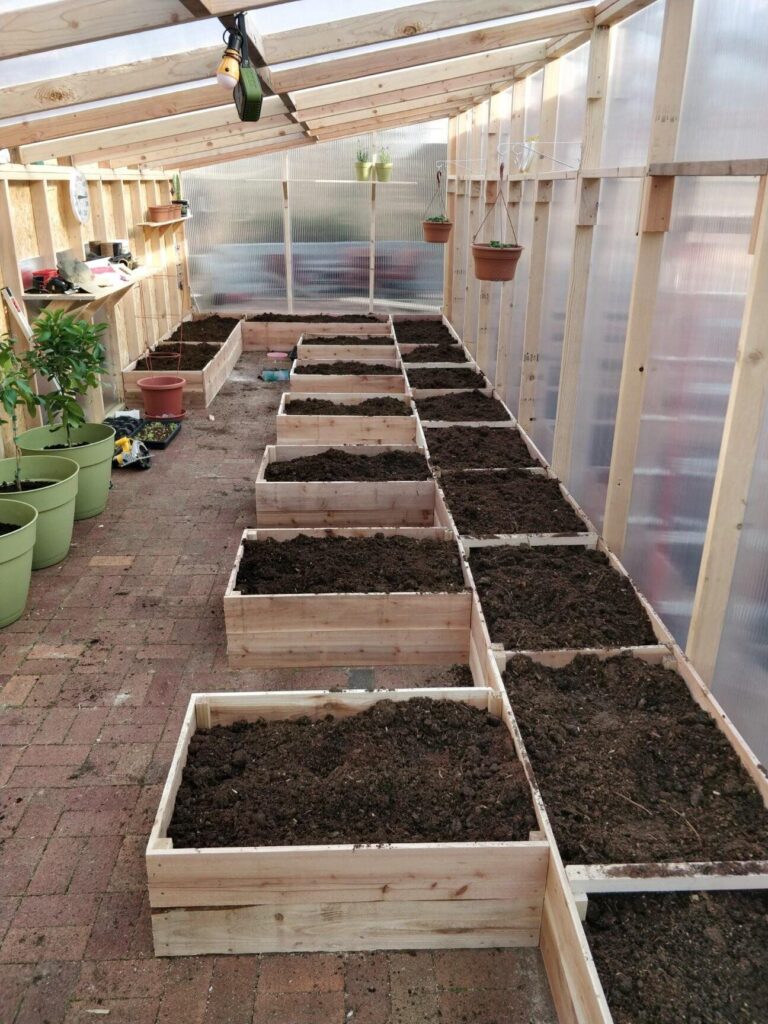
- Water and Irrigation
Incorporate a watering system to keep your vegetables hydrated:
– Drip Irrigation: Drip lines deliver water directly to the root zone, conserving water and preventing overwatering.
– Water Barrels: Collect rainwater to use for irrigation. It’s cost-effective and eco-friendly.
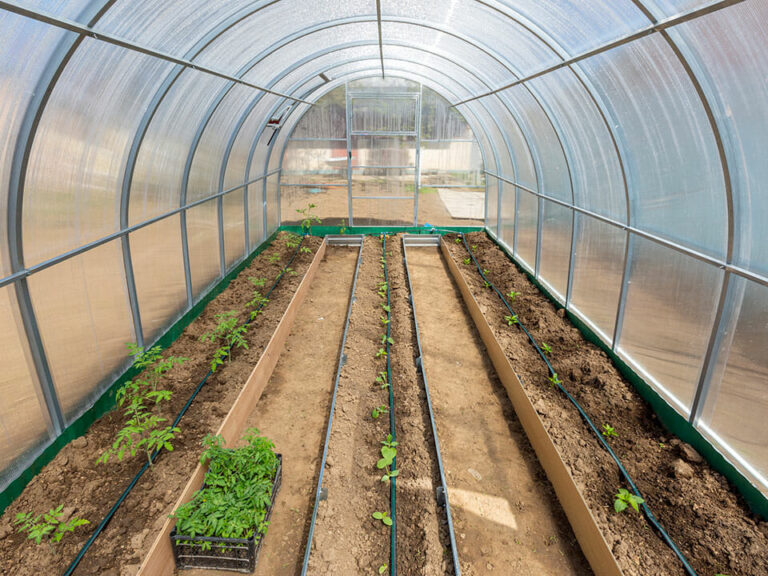
- Pest Control
Implement preventive measures to keep pests at bay:
– Screened Vents: Install screens on vents to keep insects out.
– Biological Controls: Consider introducing beneficial insects to help control pests naturally.

- Monitoring and Automation
Use technology to simplify greenhouse management:
– Thermostats: Install thermostats to control heating and cooling systems for precise temperature regulation.
– Automated Vents and Fans: These systems can be programmed to open and close vents and operate fans as needed.
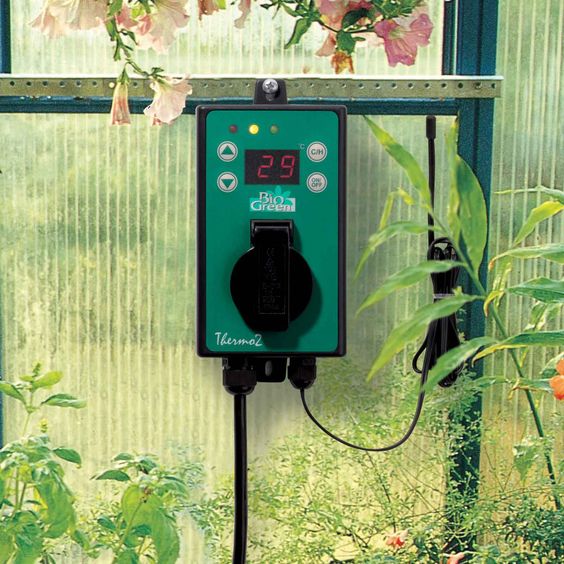
- Maintain a Gardening Calendar
Keep track of planting and harvesting dates. A gardening calendar will help you plan your vegetable crops for the winter season.
Building a winter greenhouse for year-round vegetable cultivation is a rewarding endeavor that allows you to enjoy fresh produce regardless of the weather outside. With the right location, design, insulation, heating, and maintenance, your greenhouse can become a thriving oasis of greenery and a source of sustainable, homegrown food. Whether you’re a seasoned gardener or a novice, embarking on this project will provide you with fresh, nutritious, and flavorful vegetables throughout the winter months. So, roll up your sleeves, plan your greenhouse, and enjoy the delights of year-round gardening.